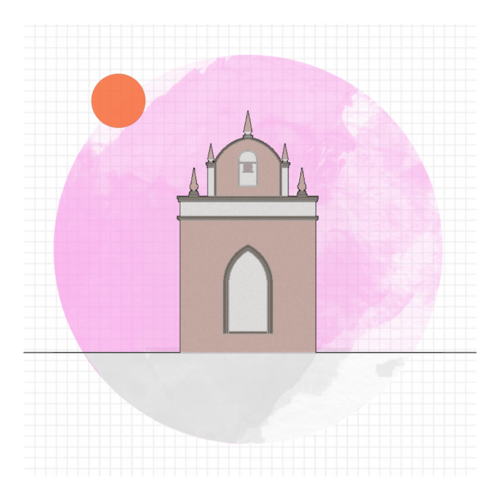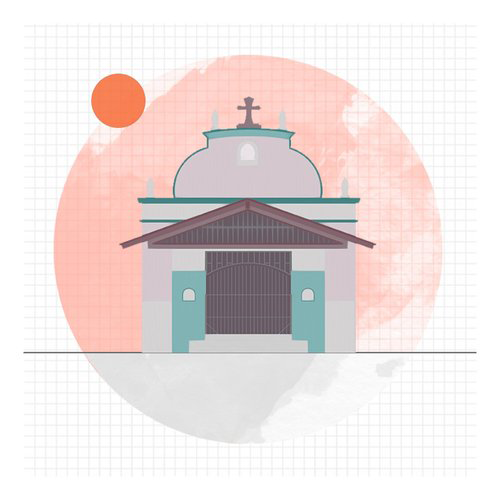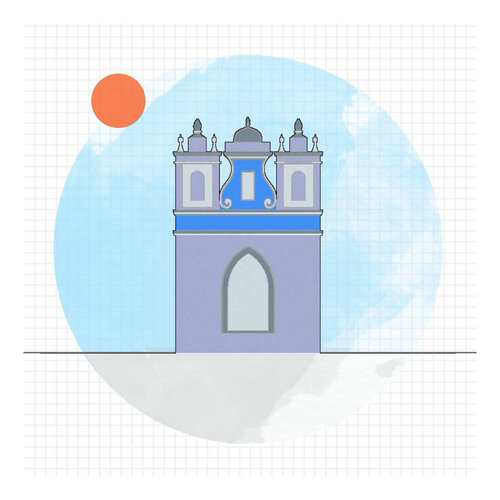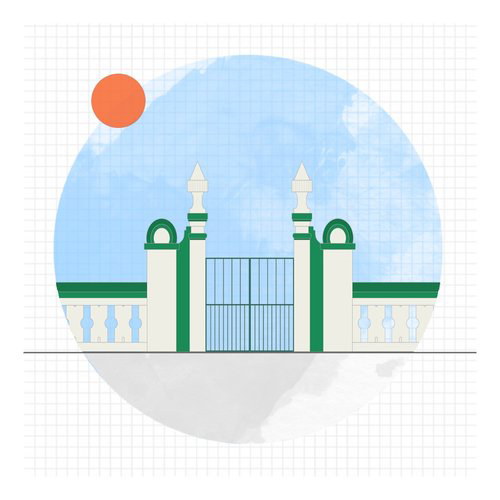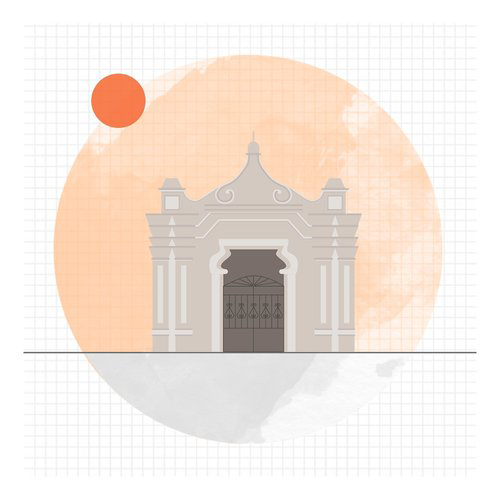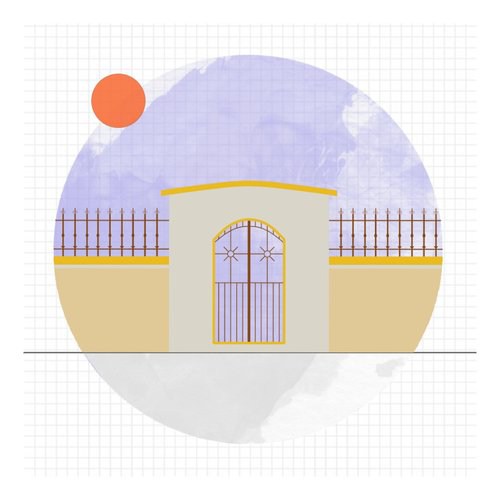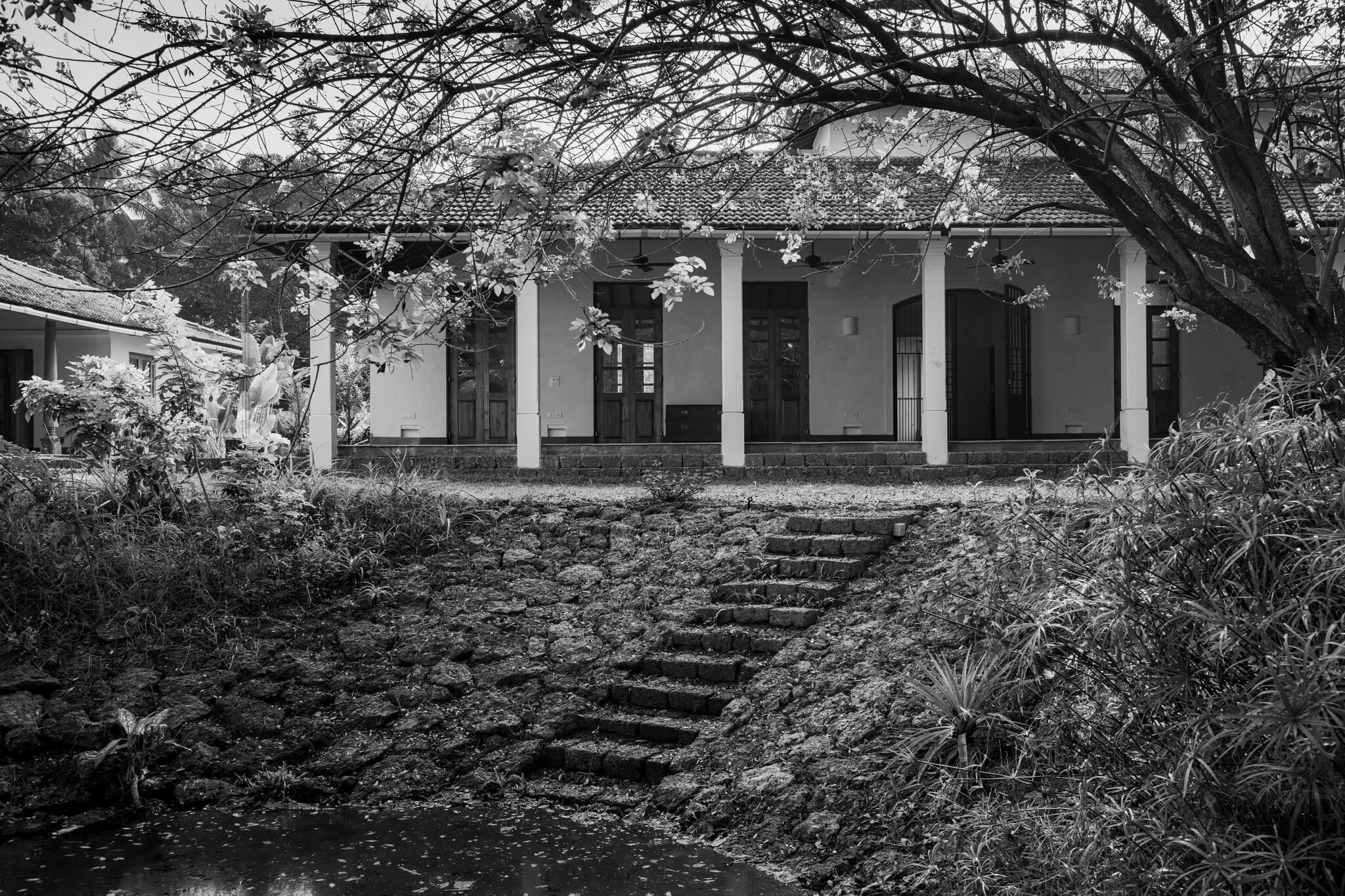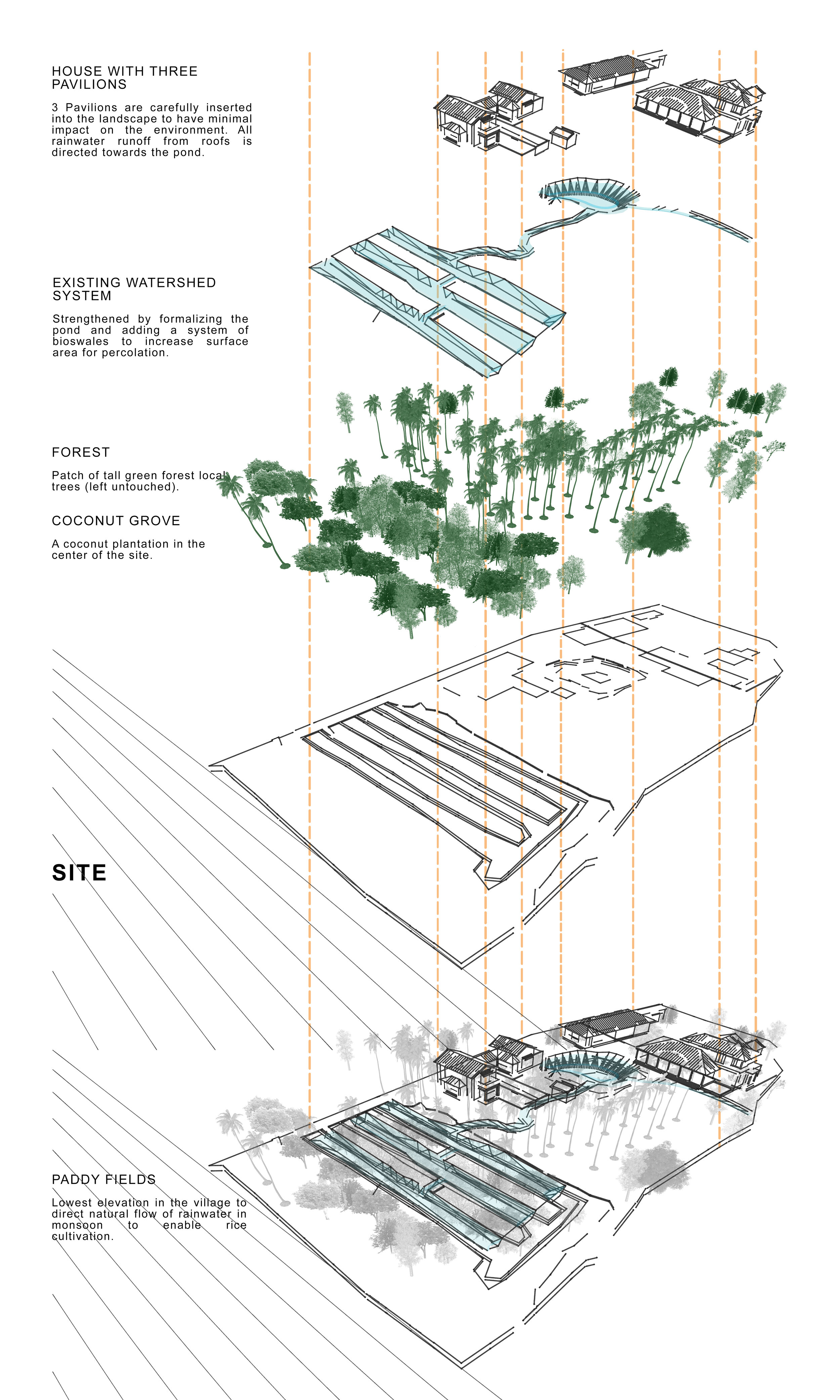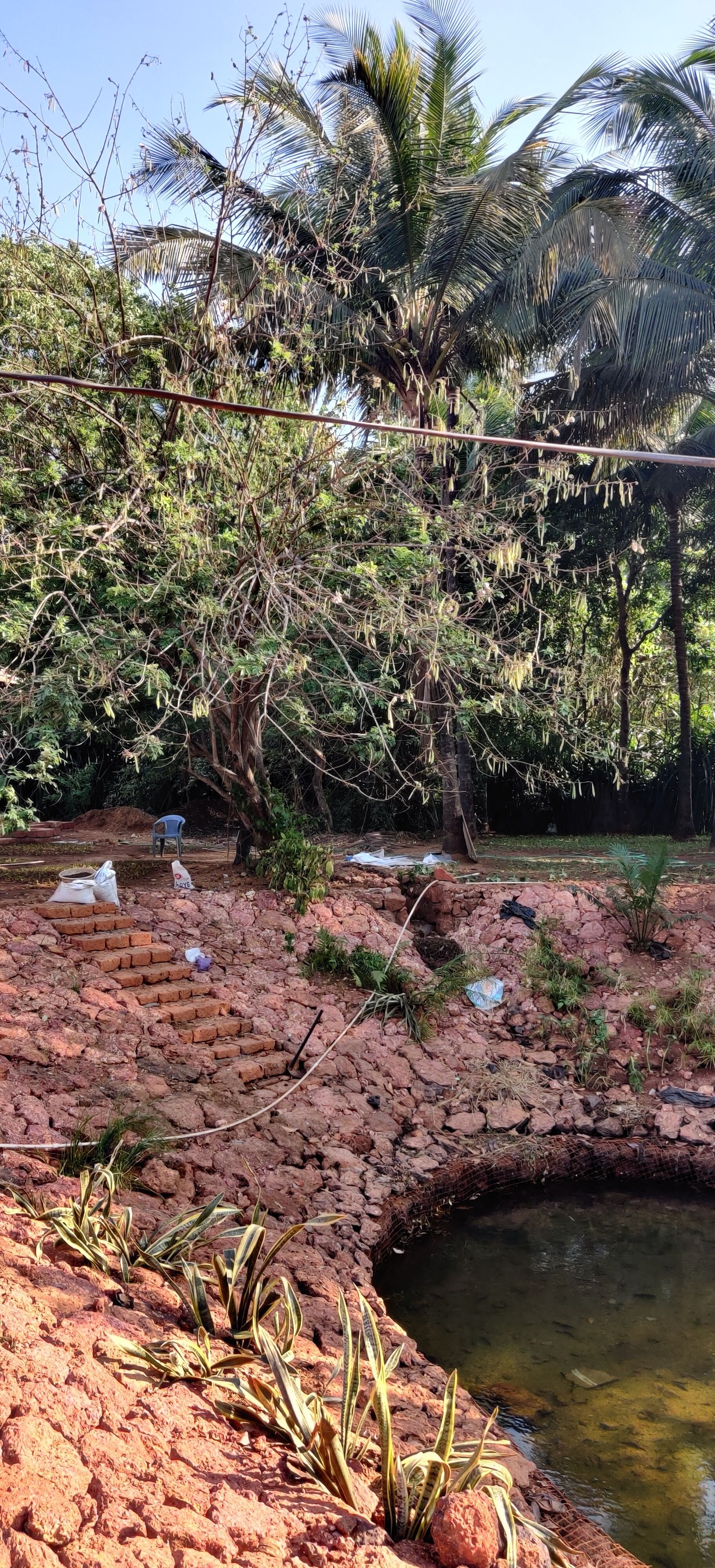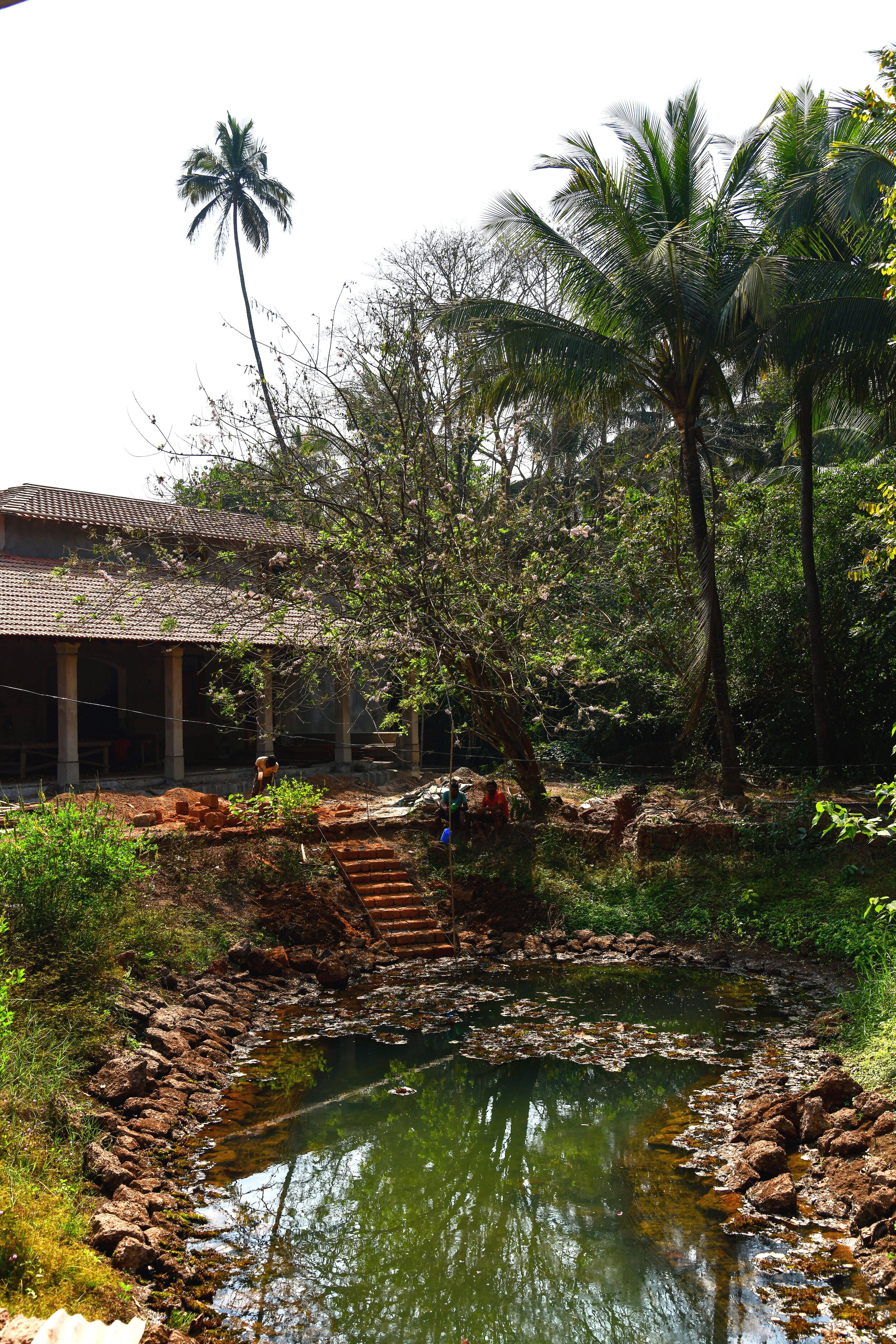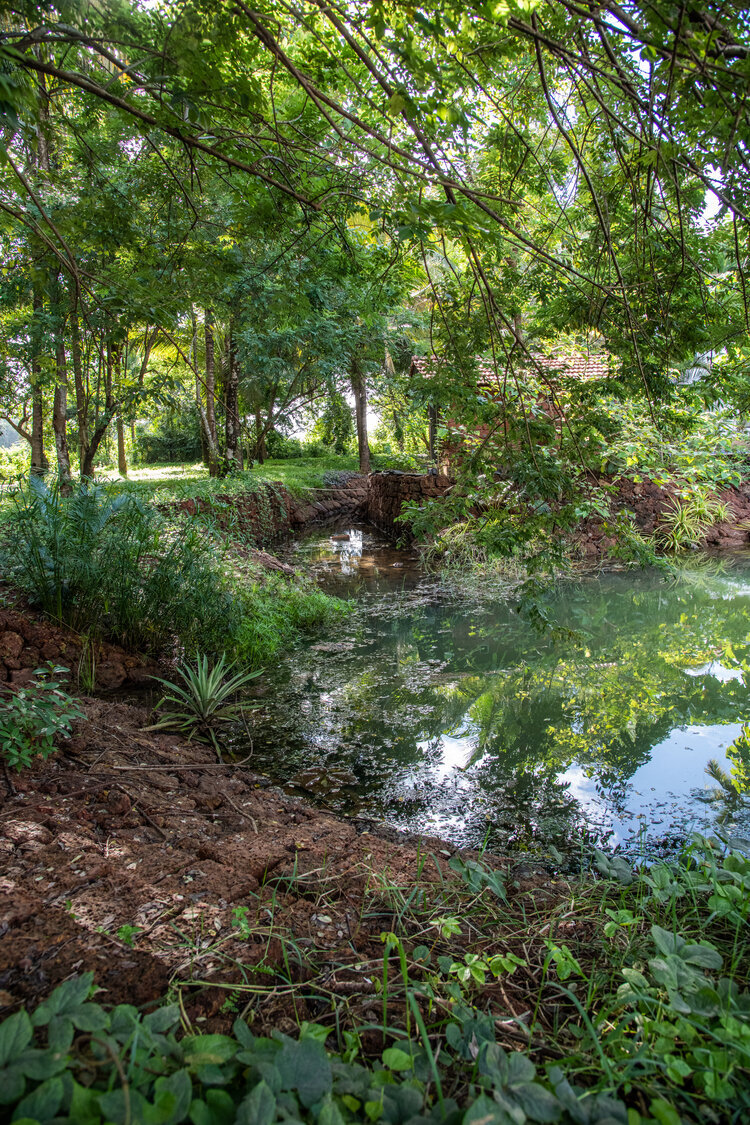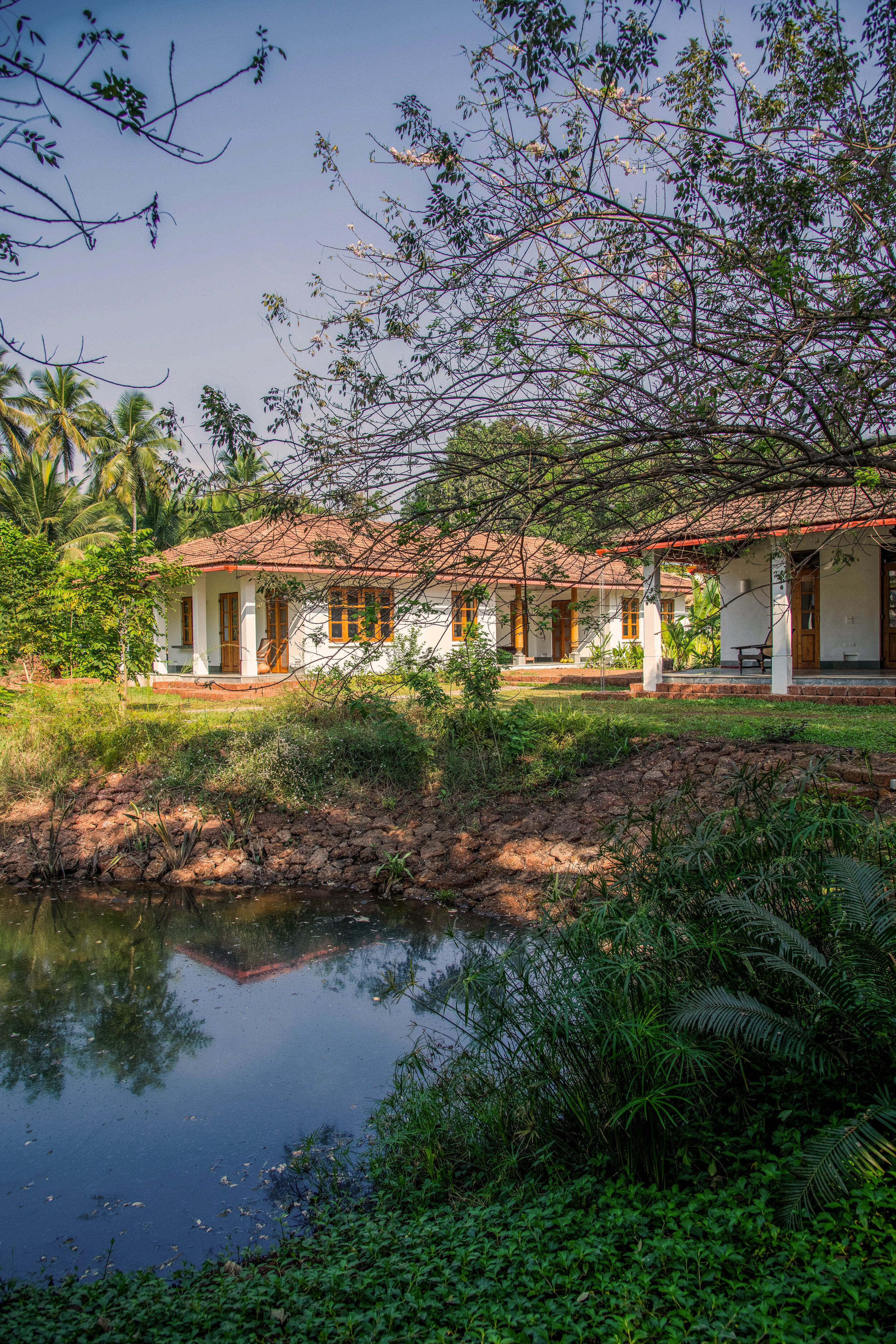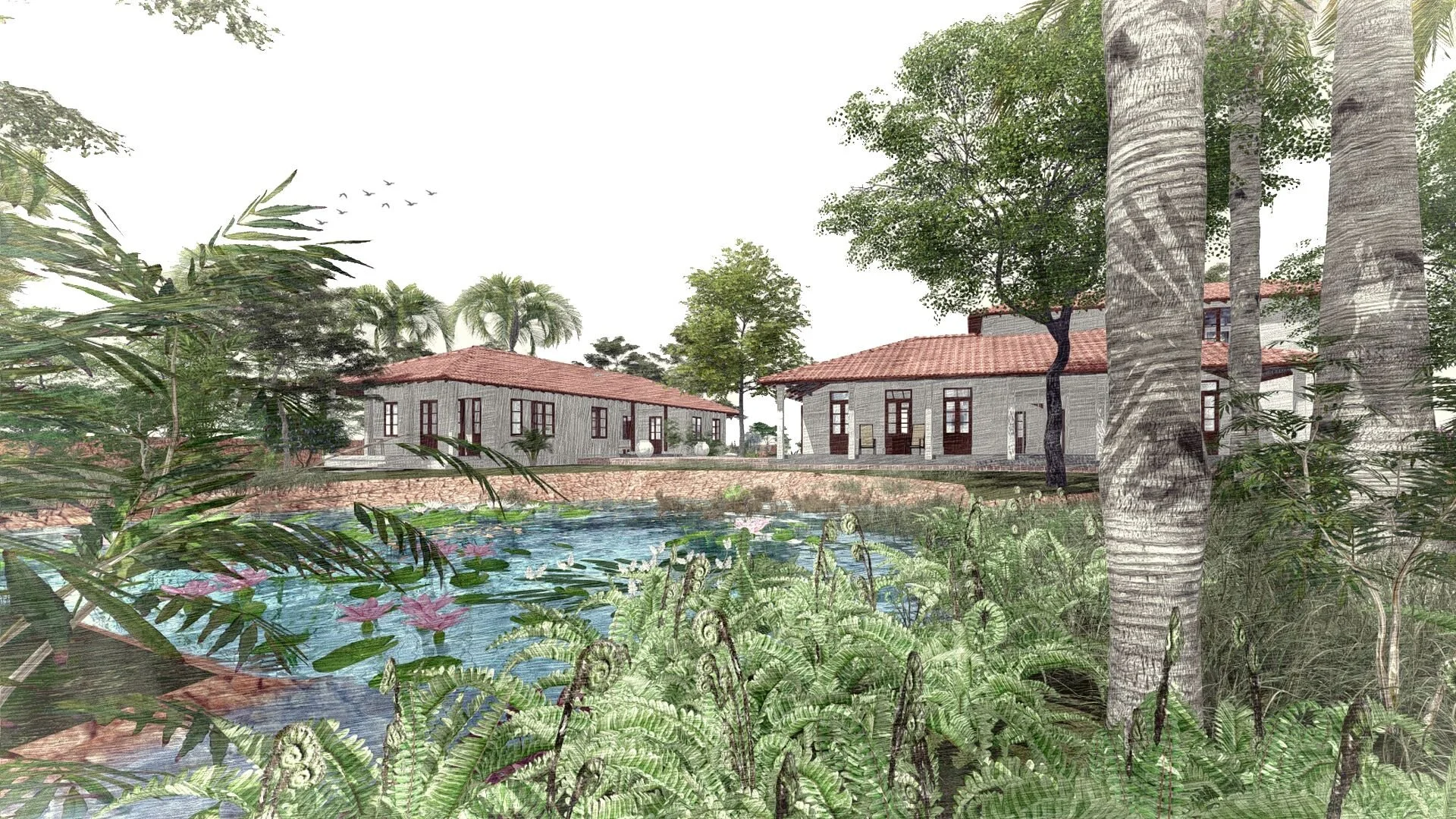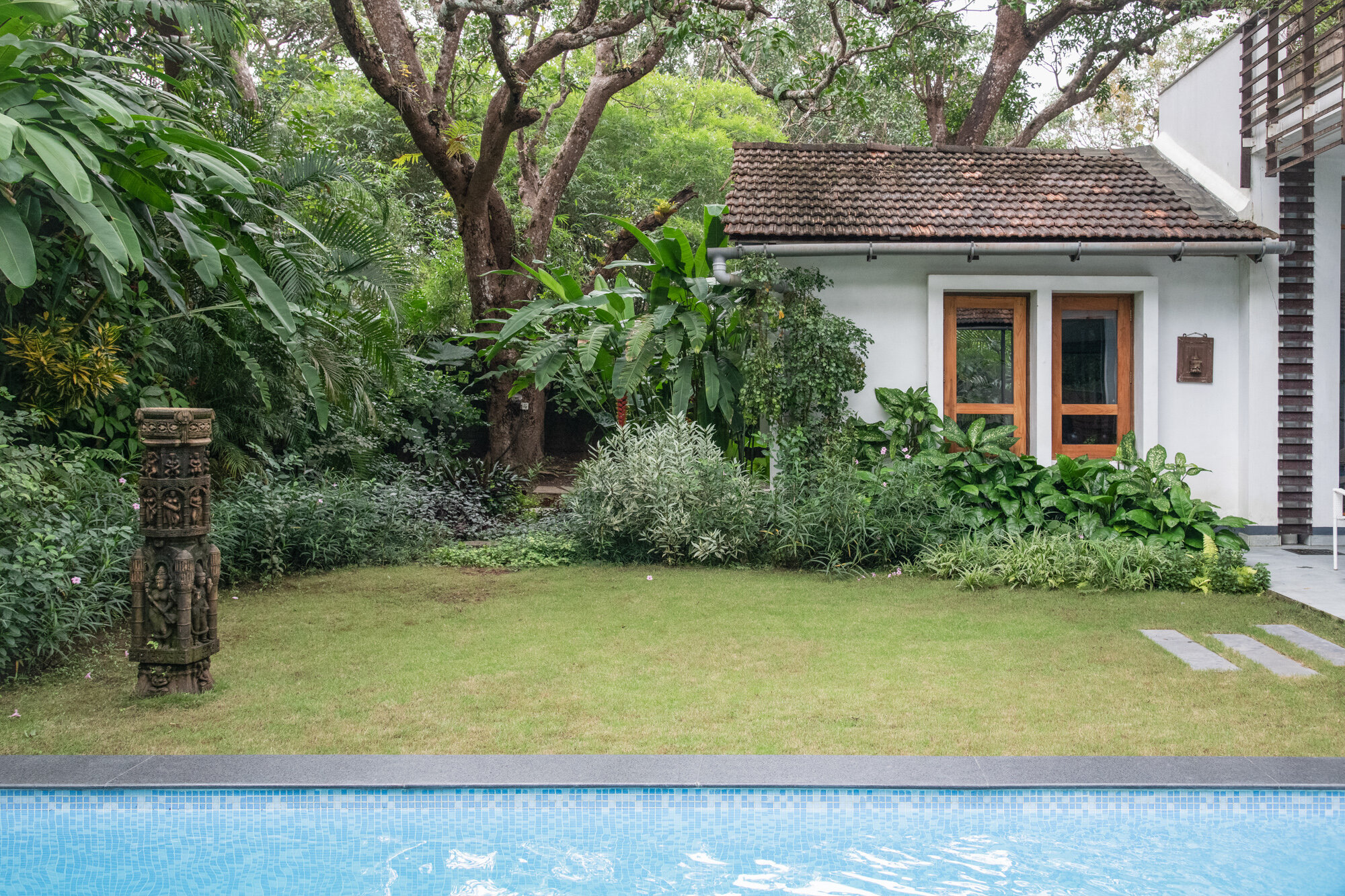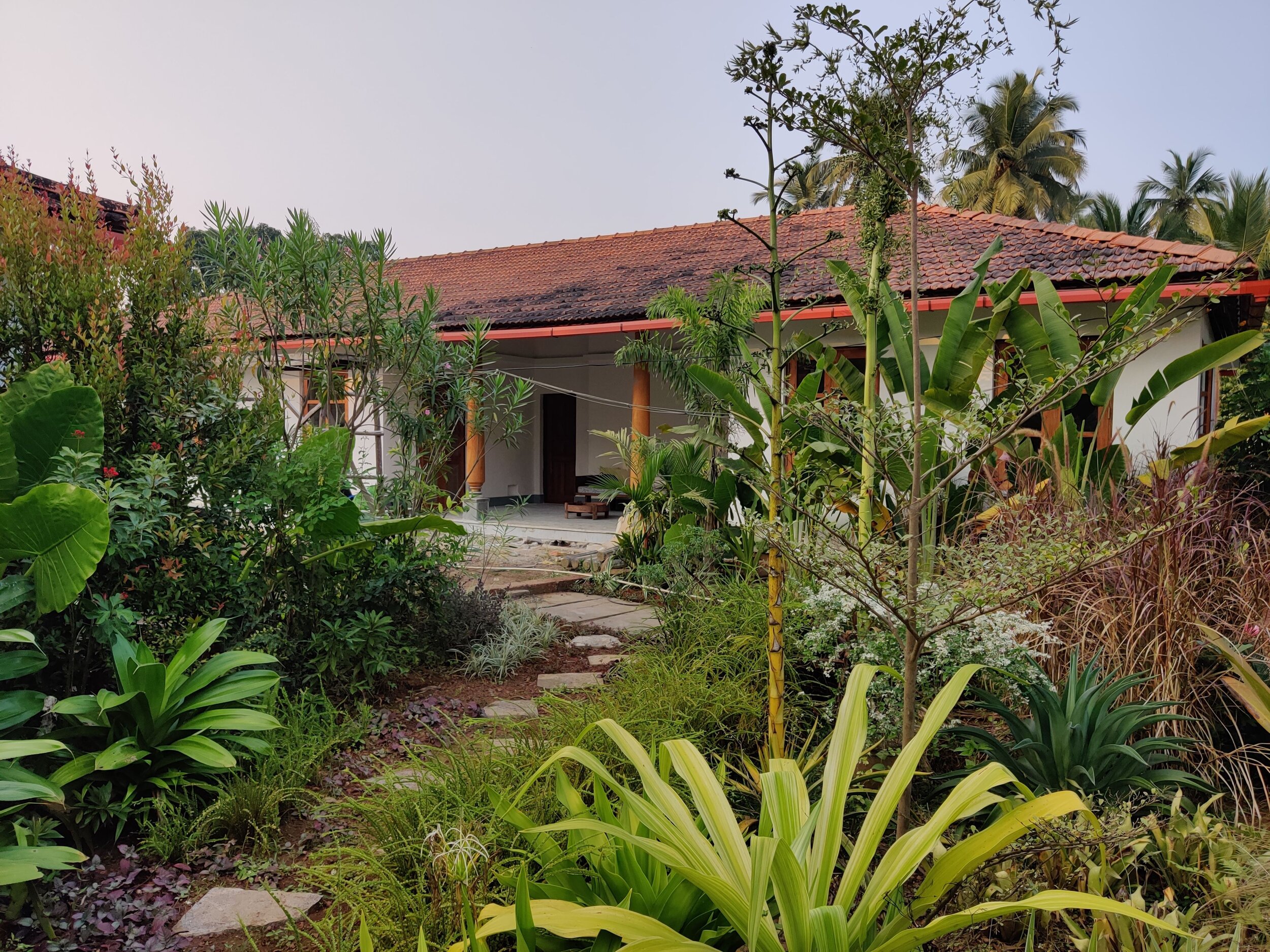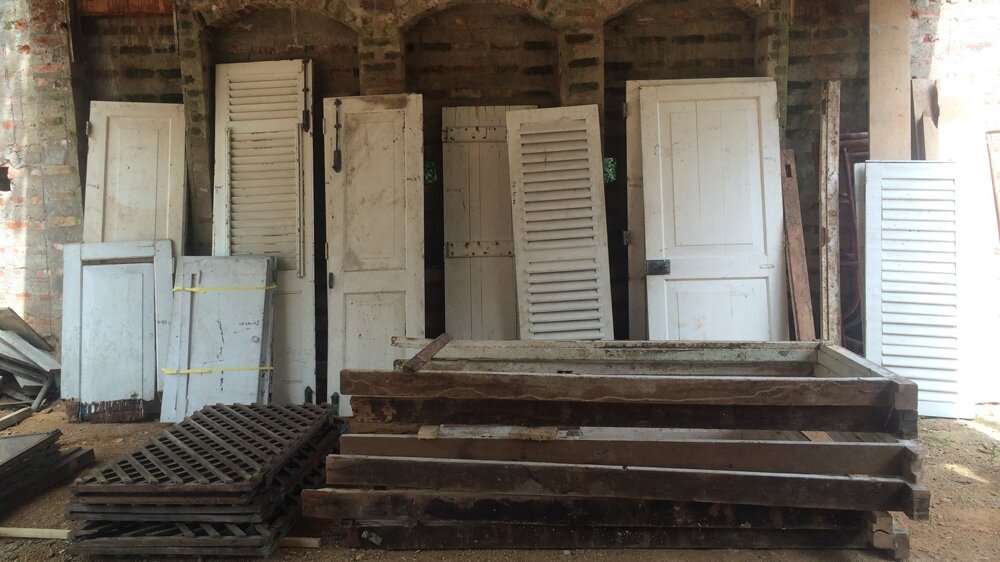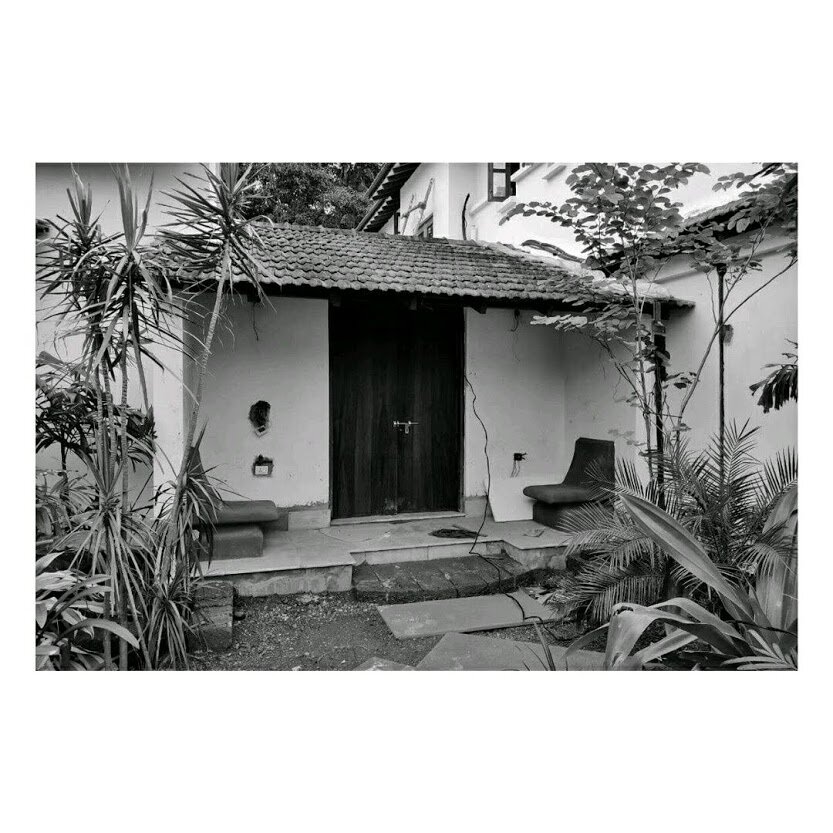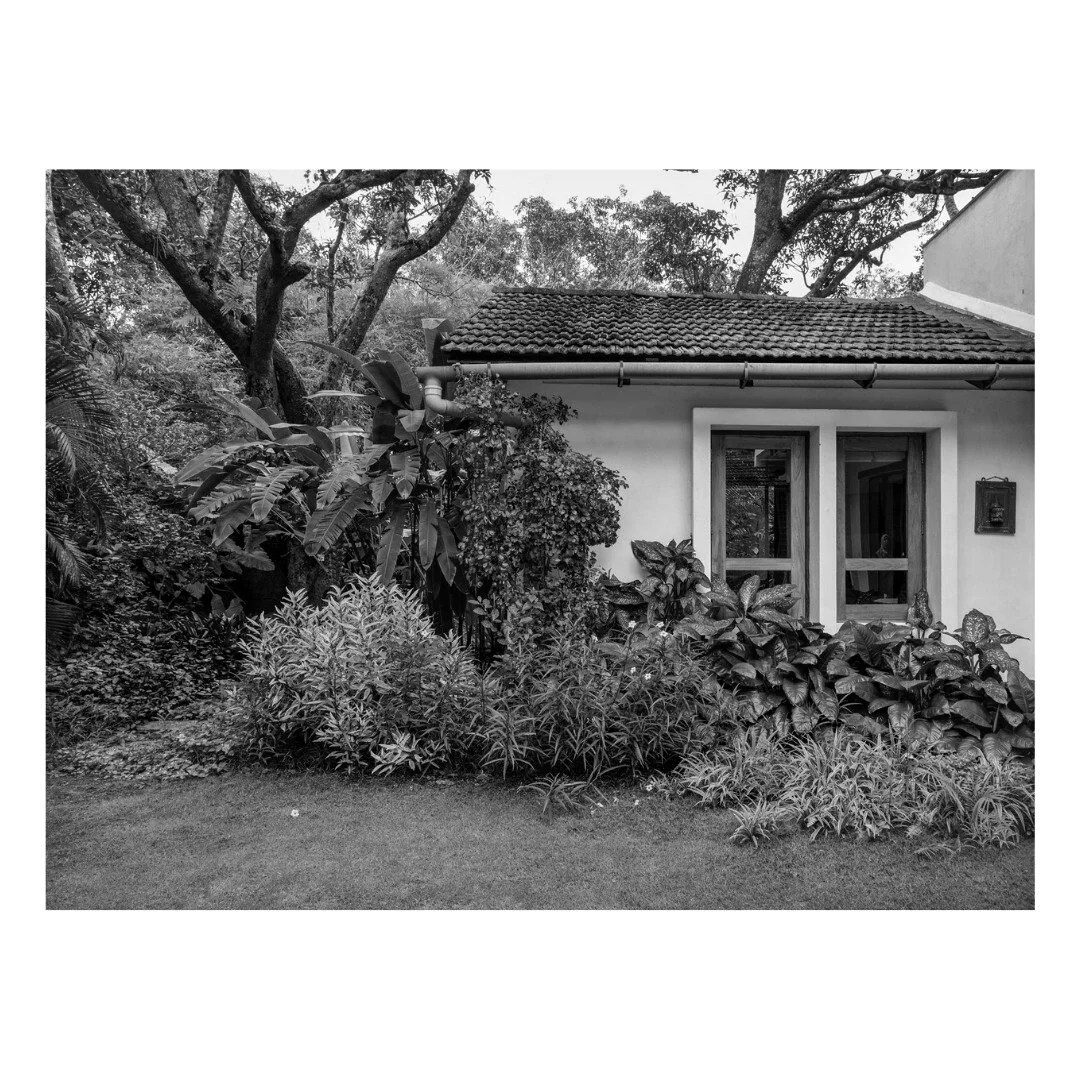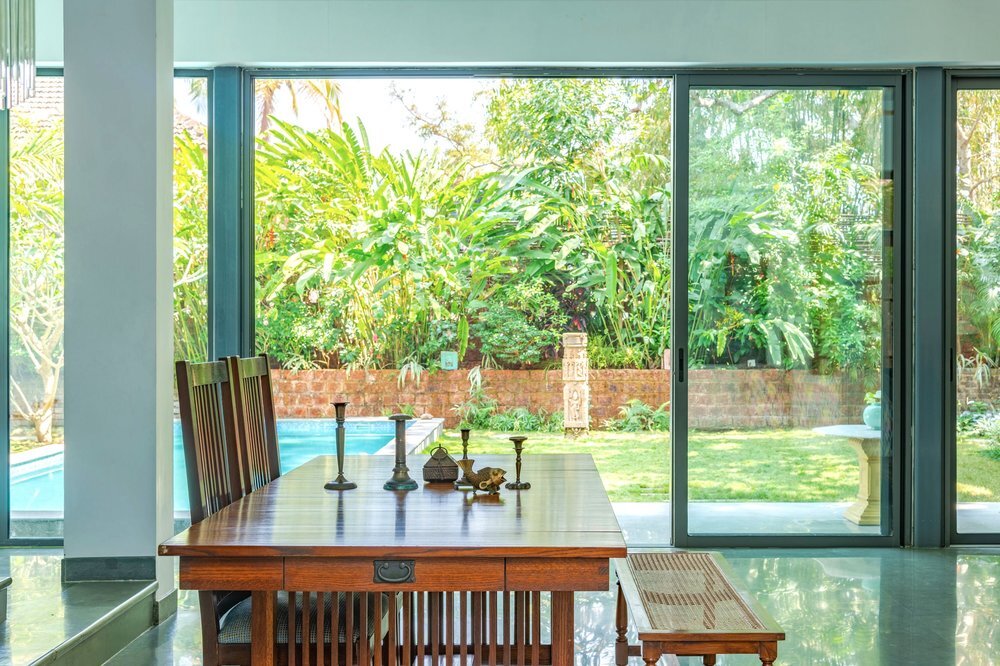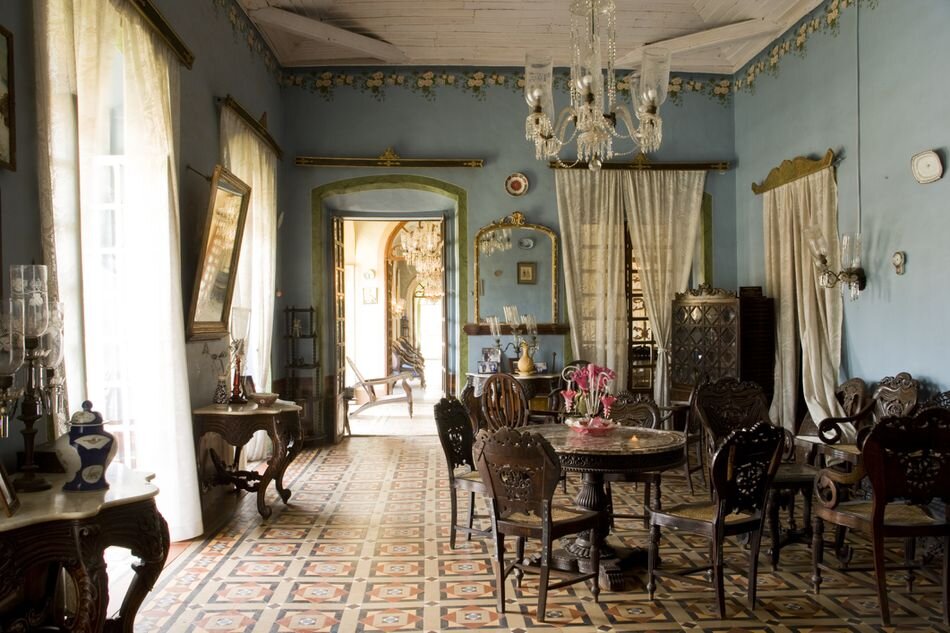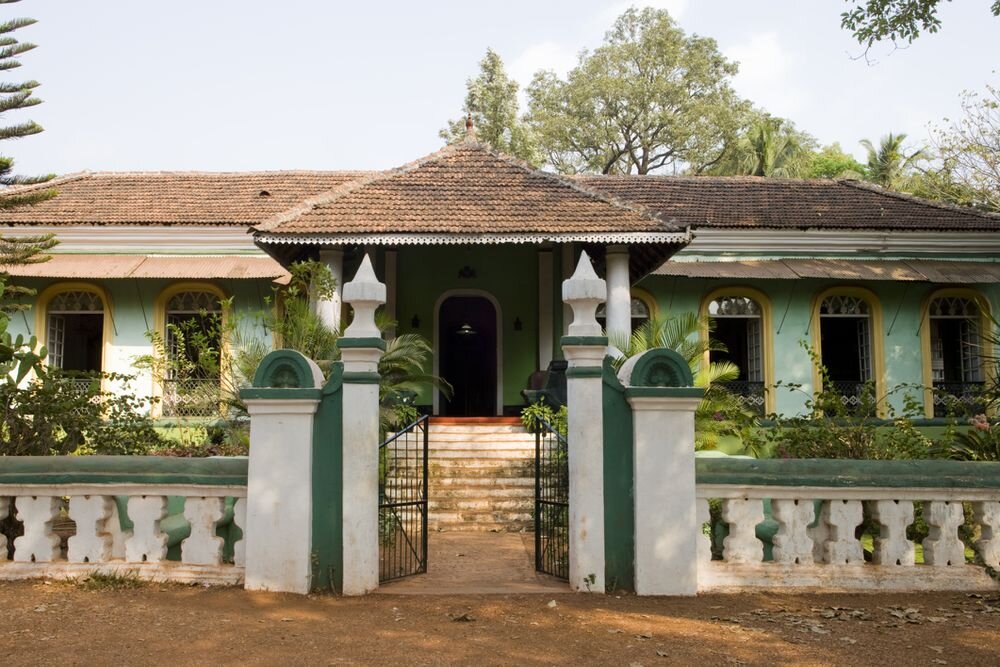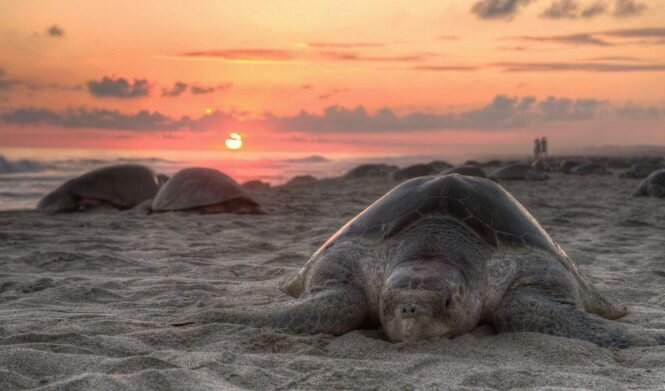Cabo de Rama
Cabo de Rama is a relic left from times bygone. Once a magnificent fort that housed an entire community, it remains one of the oldest and largest forts of South Goa and offers a fantastic view of the Canacona Beach below.
Chandor & Loutolim
The villages of Chandor and Loutolim give you the giddy feeling of opening an old book. The Portuguese style sweeps elegantly across the villagescape, evident in the beautiful old world architecture and the laid back lifestyle. Both villages are famous for their centuries old colonial mansions that stand tall even today. We will be looking at these beautiful palatial homes in Part II of our blog post.
Netravali Lake
The Netravali Bubbling Lake in the Sanguem district is one of the lesser known beauties of South Goa. This one of a kind natural lake is known for its mysterious and continuous bubbling water surface throughout the year.
Galgibaga
The Galgibaga Beach is home to silver sands, endless rows of coconut trees and the charming Olive Ridley turtles which come onto the shores every year between November and February to nest and hatch. A ferry ride crossing the picturesque Galgibaga river is the best way to get to the beach.
Naval Aviation Museum
Established in 1947, Naval Aviation Museum offers a glimpse into military history. The museum is designed to look like the interior of a naval aircraft carrier with galleries displaying naval equipment and prominent battles, including a simulation room. It also has an outdoor aircraft park with an exhibition of old aircrafts and engines.The museum is set on a plateau and overlooks the scenic Bogmalo beach.
Mollem National Park
The Mollem National Park is set in a humble 240 sqkm belt nestled in the Western Ghats and houses a wide array of tropical flora and fauna with over 200 unique Indian species. Recognised as one of 36 most crucial biodiversity hotspots in the world, the sanctuary is now threatened by 3 infrastructure projects, announced by the state government. The alarming proposal resulted in widespread dissent with thousands of people coming together for the ‘Save Mollem’ campaign.




